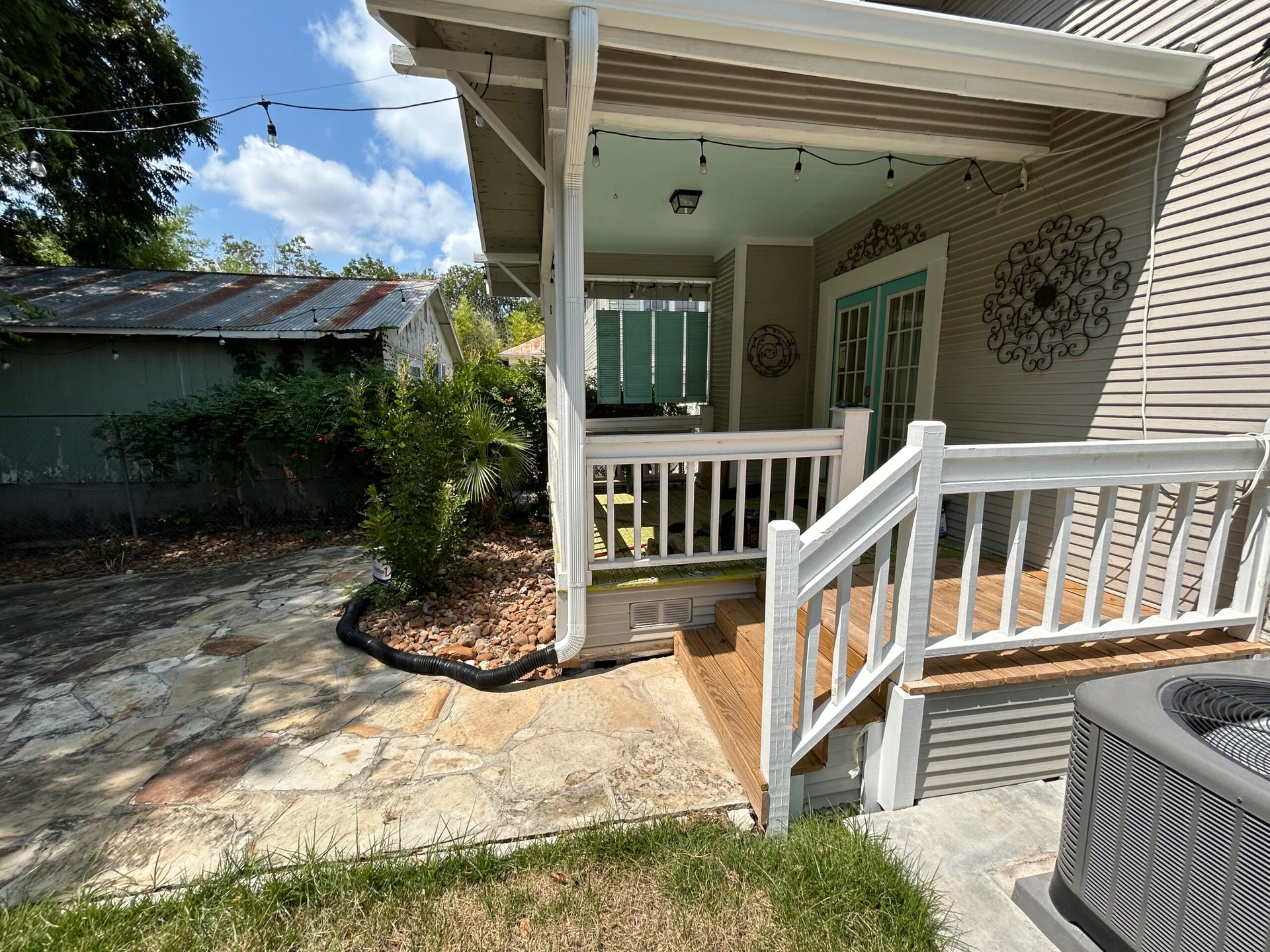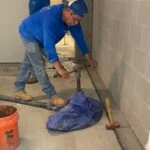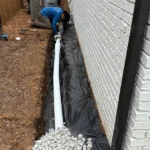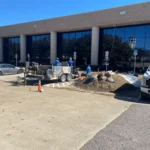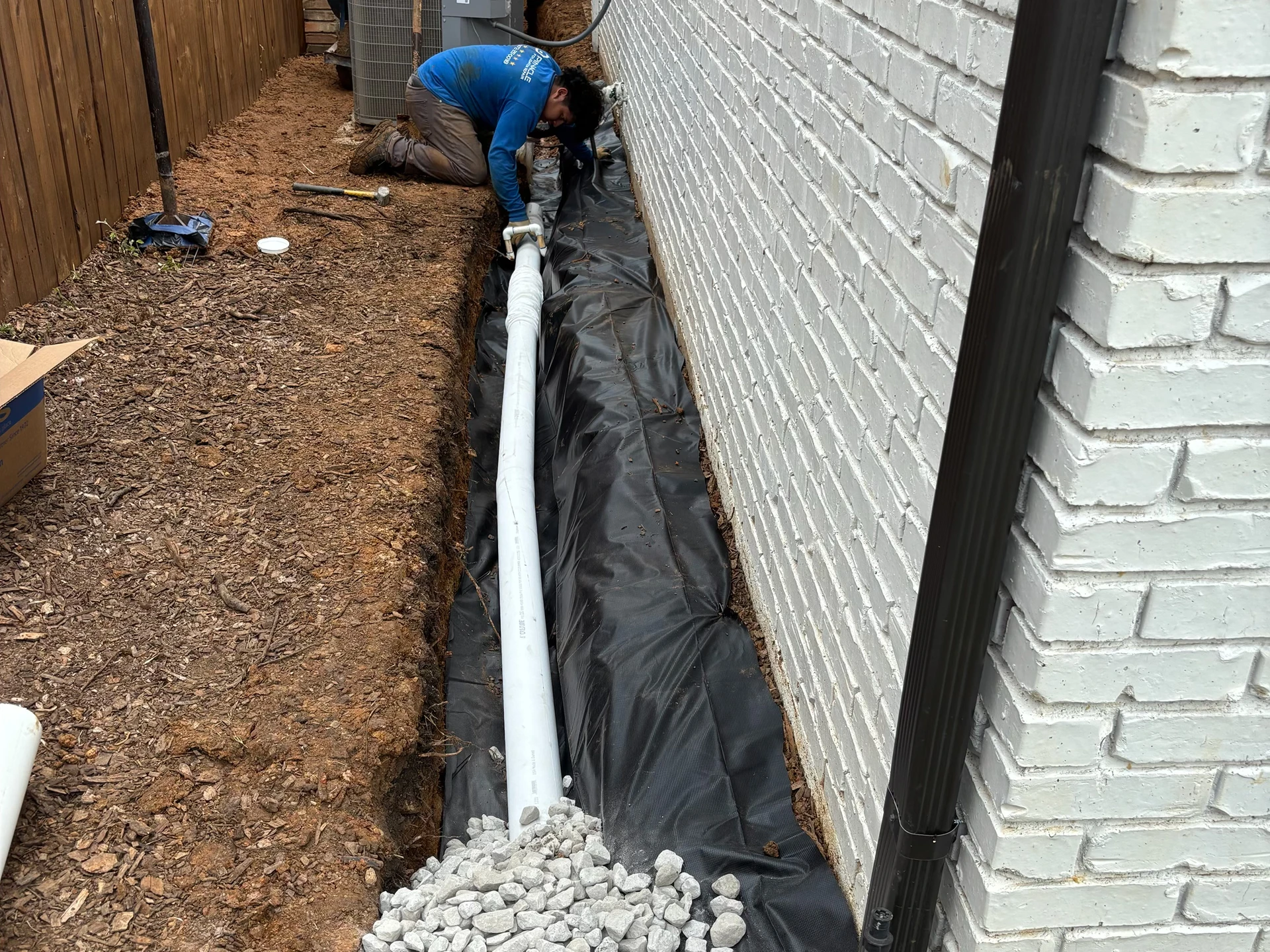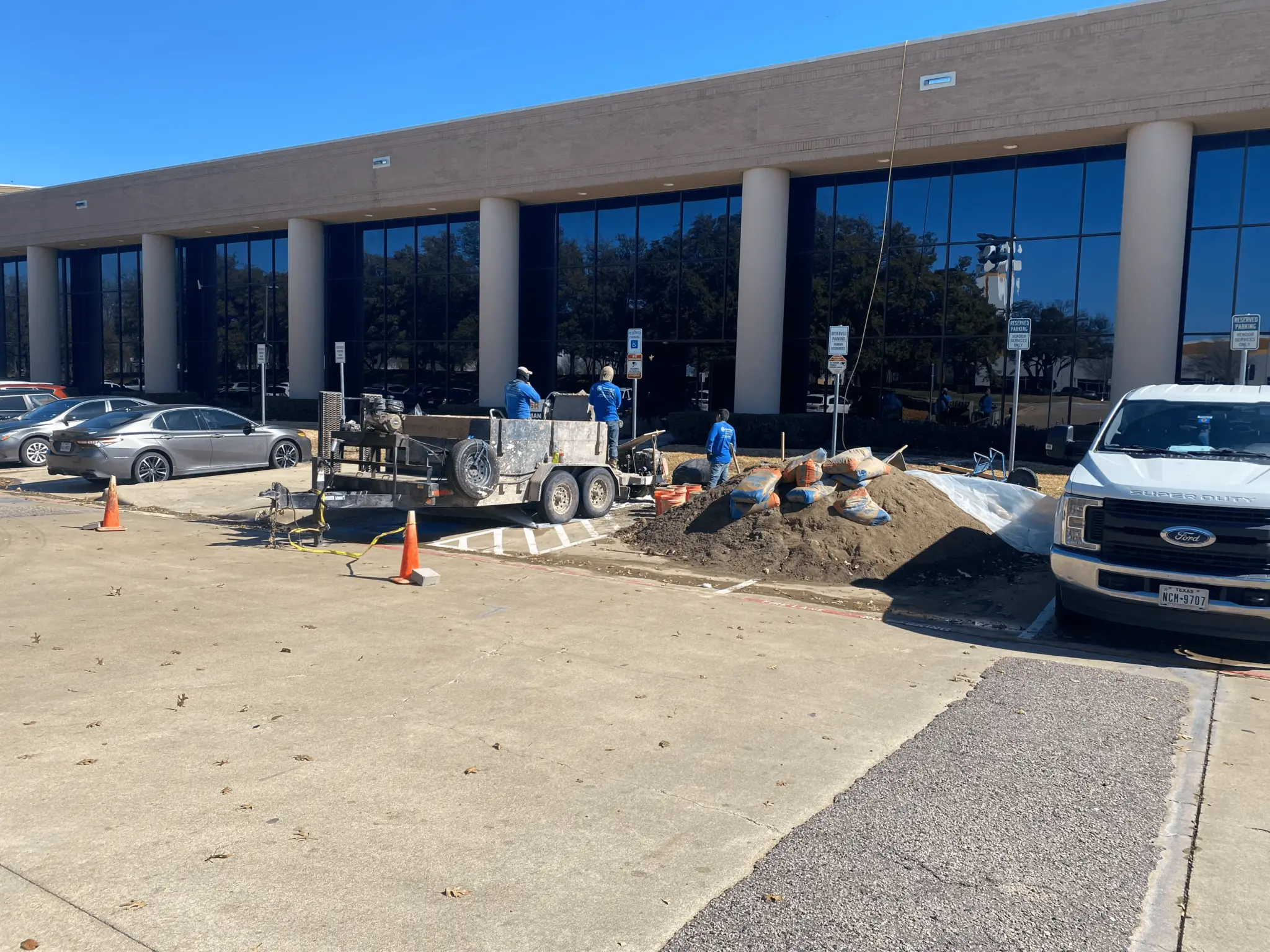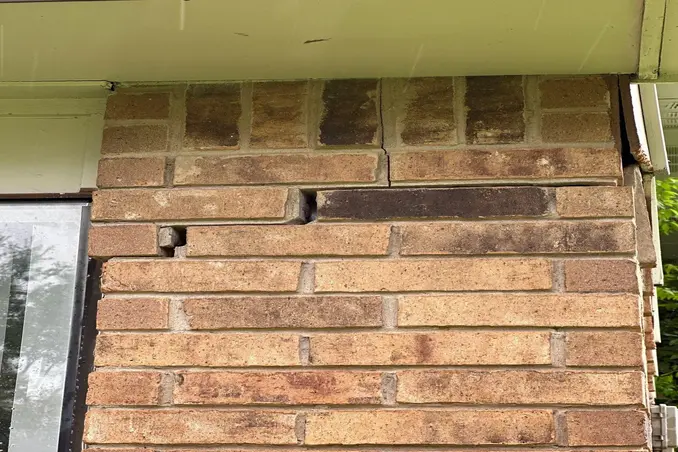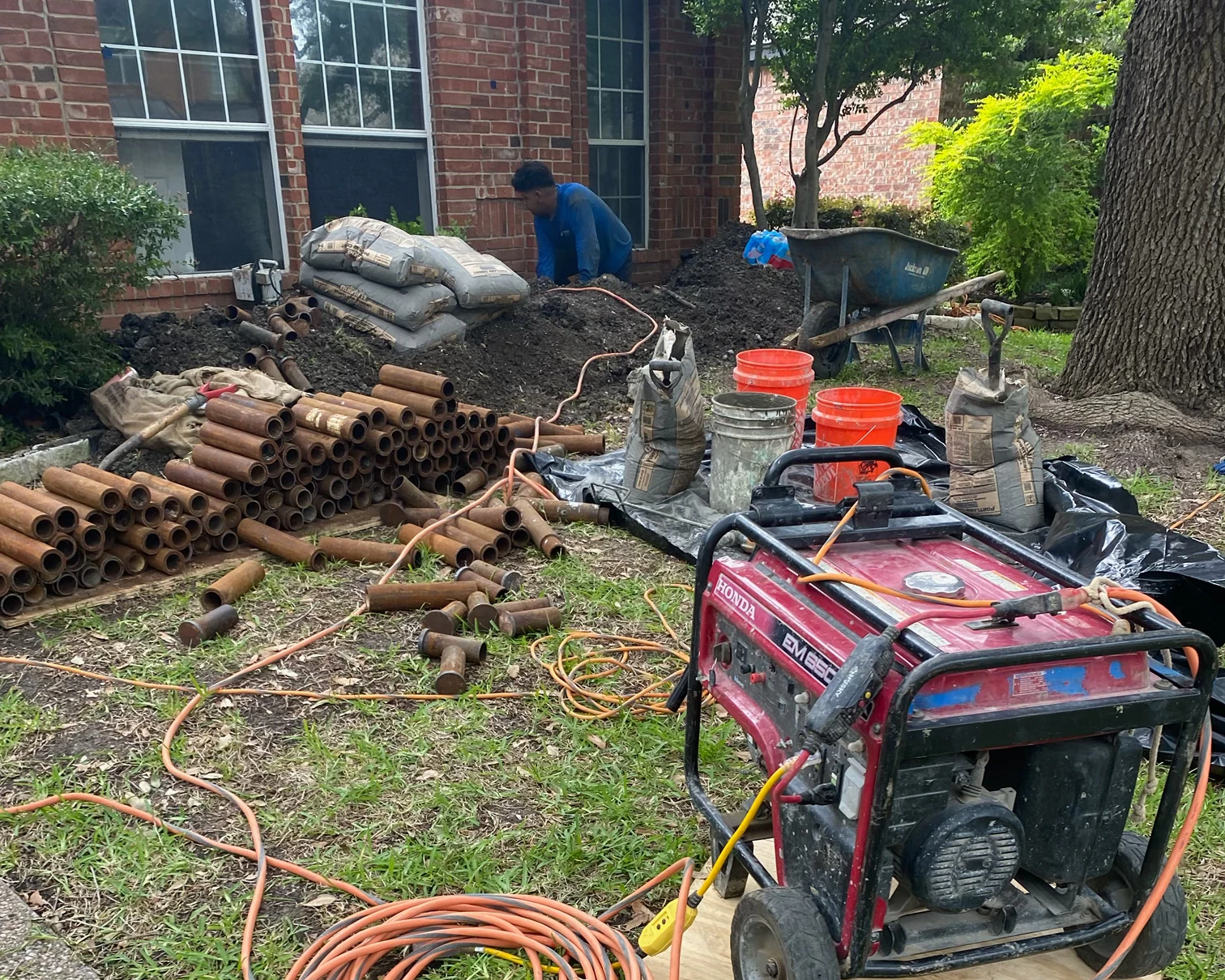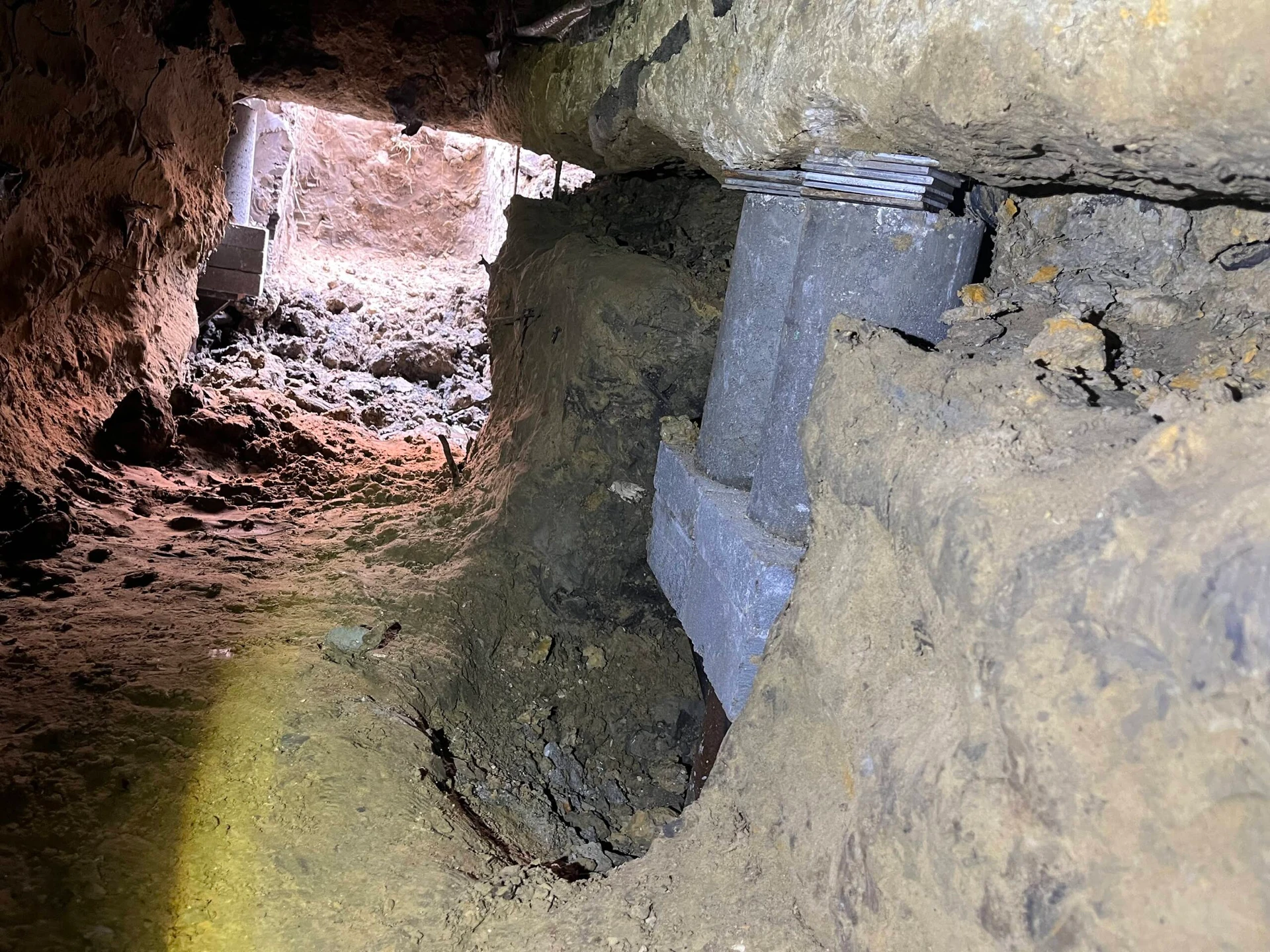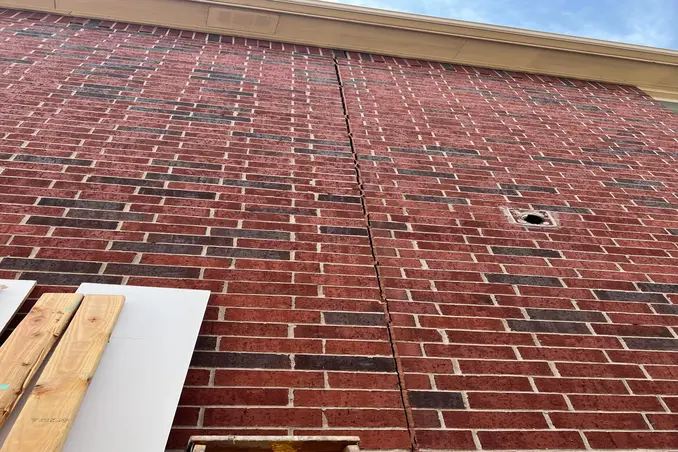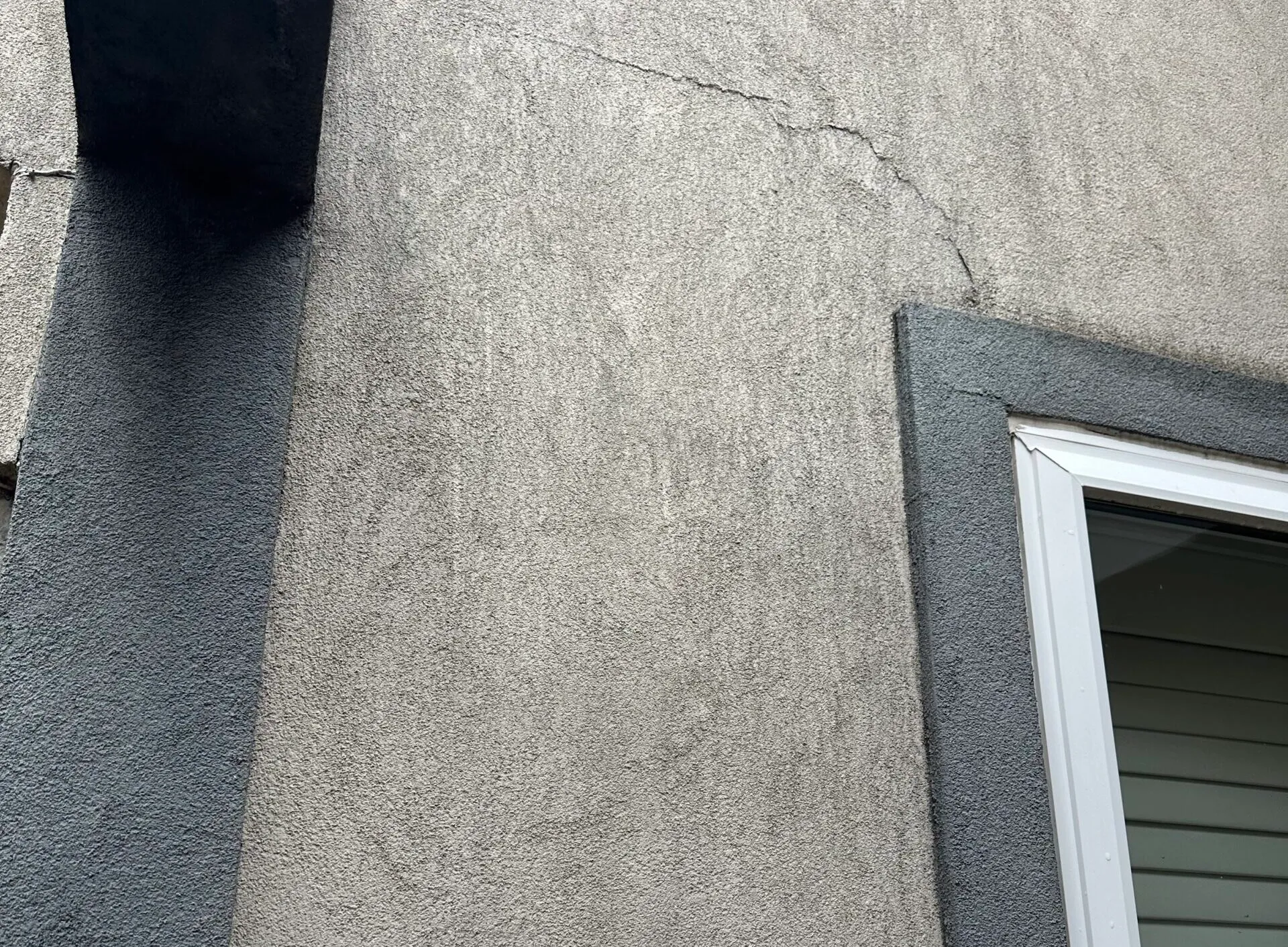Whether you’re buying an existing home or building a new one, one of the key decisions you’ll face is the type of foundation supporting your house. The foundation plays a big role in how stable your home is, how easy it is to maintain, and even how energy efficient it is.
Here in Texas, there’s two main foundation types, pier & beam and slab, and they each come with their own pros and cons. Let’s break them down so you can figure out what’s best for your home.
What is a Pier and Beam Foundation?
A pier and beam foundation (sometimes called a crawl space or a block and base foundation) raises your home above the ground, supported by either concrete or brick piers placed at intervals beneath the house. The space between the ground and the home creates a crawl space, which is great for accessibility – especially when you need to repair or install plumbing or electrical systems.
Pier and beam foundations are common in older Texan homes (pre-1960), and especially in areas with expansive soils and sloped lots. The raised design helps with drainage, keeping the house away from moisture. However, the crawl space can also invite issues such as wood rot, pests, and moisture accumulation, so regular inspections and maintenance are needed to keep things in check.
The cost to build a pier and beam foundation also tends to be higher because of the additional materials and labor involved. But the ease of access to critical systems under the house can save you money on future repairs, making it a smart investment long-term.
Pros of Pier and Beam Foundations:
Repair Accessibility: Since the house is lifted off the ground, you have easy access to plumbing and electrical systems for repairs and updates, which could save you time and money down the road.
Adaptability: Pier and beam foundations can be installed on uneven or sloping terrain, making them a great option in areas where leveling the ground for a slab might be expensive. Also, if you are ever planning on potentially adding an extension to your house, a pier and beam foundation provides better adaptability for future remodeling.
Flood Protection: Homes in flood-prone areas benefit from pier and beam foundations, as the elevated design helps keep your home safe from rising water and other potential drainage issues.
Better Airflow: If constructed properly, the crawl space allows air to circulate beneath the home, reducing the risk of moisture buildup – which can lead to mold.
Cons of Pier and Beam Foundations:
Cost: These foundations tend to be more expensive to build due to the materials and labor involved.
Pests: The crawl space can invite pests (like rodents and insects) if not properly sealed and maintained.
Moisture & Mold Concerns: Pier and beam foundations can trap moisture if they don’t have proper ventilation. Over time, this can lead to wood rot, mold growth, and other moisture-related damage. Without regular upkeep, these issues might go unnoticed until repairs become costly.
Regular Maintenance: Pier and beam foundations need more frequent inspections to ensure that moisture or pest issues don’t arise.
What is a Slab Foundation?
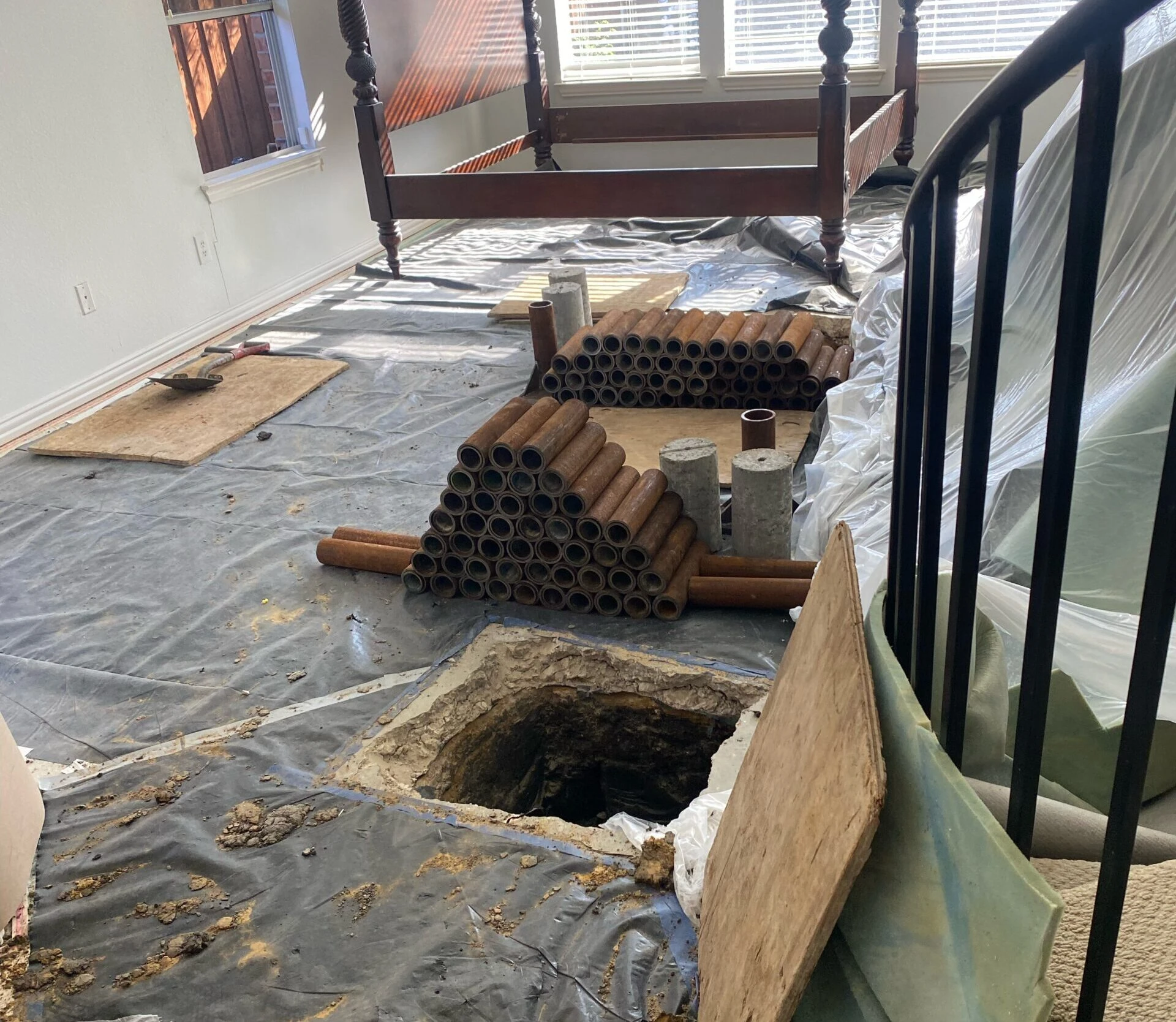
A slab foundation is a solid, flat concrete foundation that’s poured directly onto the ground. This type of foundation became popular after the 1960s because it is quicker and cheaper to build than a pier and beam foundation.
A slab foundation works well in stable soil conditions and is generally less prone to pest infestations. However, it has its downsides, particularly when it comes to repairs. Since the plumbing and electrical systems are buried beneath the concrete, any issues with these systems can be costly to fix. In Texas, where soil tends to shift due to changes in moisture levels, slab foundations are also more vulnerable to cracking if the soil isn’t properly prepared.
Pros of Slab Foundations:
Cost-Effective: Slab foundations are generally more affordable to build than pier and beam foundations. Since fewer materials and less labor are involved, you save money upfront.
Faster Construction: A slab can be poured relatively quickly, cutting down on overall construction time.
Low Maintenance: With no crawl space to inspect, slab foundations require less ongoing maintenance.
Pest-Resistant: Since the home sits directly on the slab, there’s no space for pests to enter from underneath.
More Energy Efficient: Slab foundations reduce air leakage and help maintain a consistent indoor temperature. With no crawl space or gaps underneath, slabs provide better insulation, keeping your home cooler in summer and warmer in winter, ultimately lowering energy costs.
Cons of Slab Foundations:
Limited Access to Utilities: Since the plumbing and electrical systems are embedded in the slab, repairs can be more challenging and expensive, as you have to rip up the slab to access the repair area.
Poor Adaptability: Slab foundations require flat, even terrain. If your lot is uneven, the ground must be leveled, which can drive up the cost.
Vulnerability to Soil Shifts: In regions like North Texas, where expansive clay soil is common, slab foundations can be more prone to cracking if not reinforced properly.
Can Soil Conditions Affect Your Foundation Choice?
As we’ve learned already, here in Texas we experience frequent shifts in soil due to the clay that expands and contracts with moisture changes. Both pier and beam and slab foundations feel these effects, but they handle soil movement differently.
Pier and beam foundations generally do better with shifting soil because they’re elevated, making it easier to adjust the piers if needed. If you live in a flood-prone area, or your home is built on uneven terrain like on a sloped lot, a pier and beam foundation may offer more protection and flexibility.
Slab foundations, however, can be more vulnerable to cracking when the soil beneath them moves. While a well-built slab can last for decades, you’ll need to keep an eye out for cracks or uneven floors. If you’re looking for a low-maintenance option, especially for a home built on flat ground and stable soil – a slab foundation might be the better choice.
Pier and Beam vs. Slab: What’s Right for You?
Now that we’ve covered the details, let’s pull it all together. When it comes to deciding between a pier and beam or slab foundation, these are the most important things to keep in mind:
Home accessibility: If easy access to plumbing and electrical systems is a priority, a pier and beam foundation is the way to go.
Cost: Slab foundations are usually less expensive to install, but pier and beam foundations may save you money in the long run with easier repairs.
Maintenance: Pier and beam foundations tend to require more on-going upkeep and regular inspections because of the crawl space, which can invite moisture, pests, and wood rot. On the other hand, slab foundations generally need less maintenance since they don’t have a crawl space, but you’ll still need to watch for cracks and foundation settling.
Soil conditions: In areas with expansive clay soils, a pier and beam foundation may be better suited to handle soil movement. Slab foundations, on the other hand, work well in more stable soil conditions.
Next Steps: Contact us for a Free Foundation Inspection
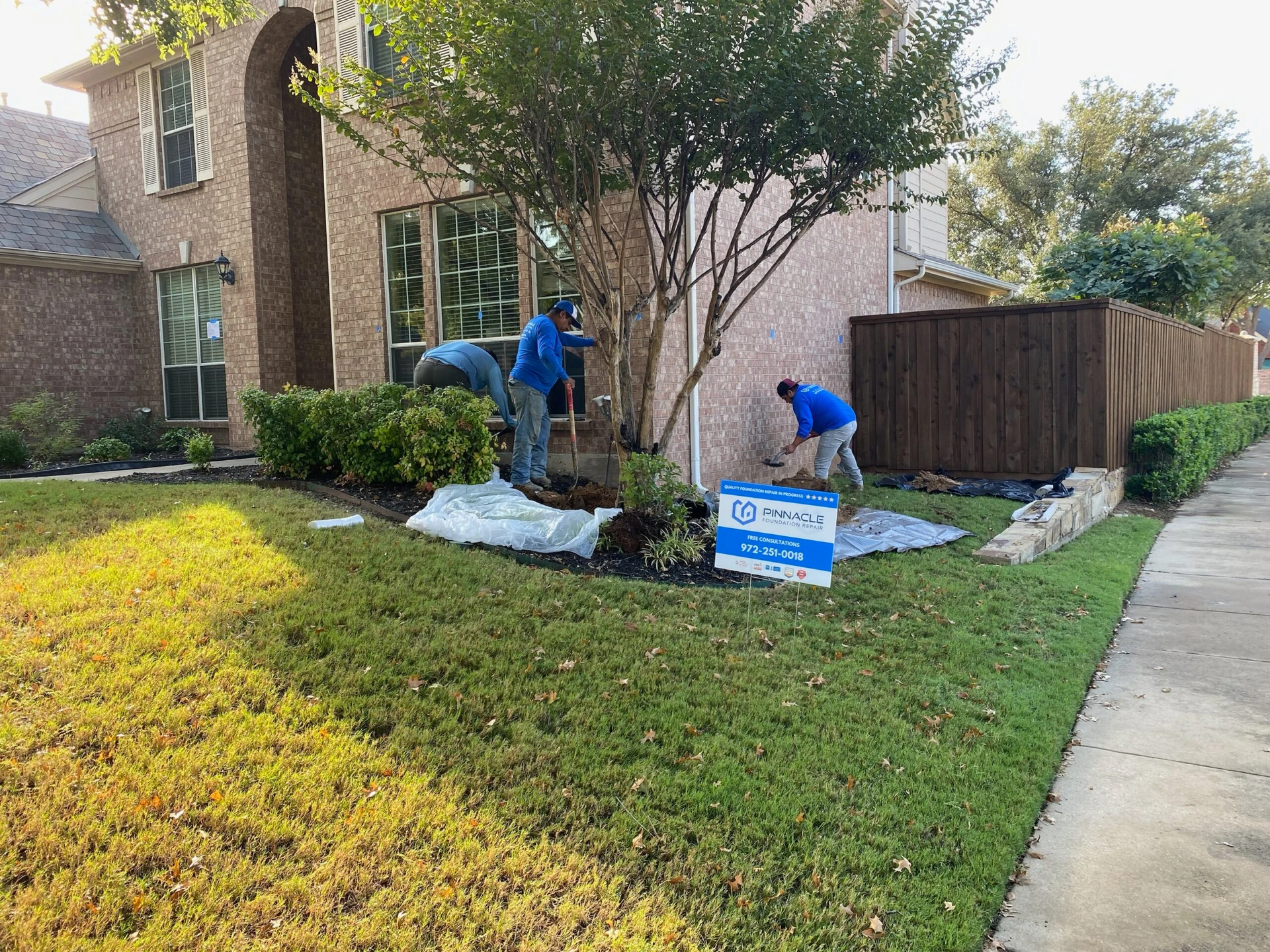
Whether you’re building a new house or maintaining an existing one, your foundation is a critical part of its long-term health and stability. You might start noticing signs of foundation trouble over time. For pier and beam foundations, keep an eye out for sagging floors, gaps around doors or windows, or water pooling in the crawl space. Slab foundations can show problems through cracks in the foundation, uneven floors, or sticky doors.
If you’re seeing any of these warning signs, or if you just want to ensure your foundation is in good shape, don’t wait – contact Pinnacle for a free foundation inspection!
We specialize in repairing both types of foundations, and our team is here to help with expert advice and repairs when you need them. With over 1600 5-star reviews and three generations of experience, we’re the radically honest Texan foundation repair company you can trust to protect your home.

